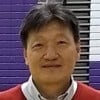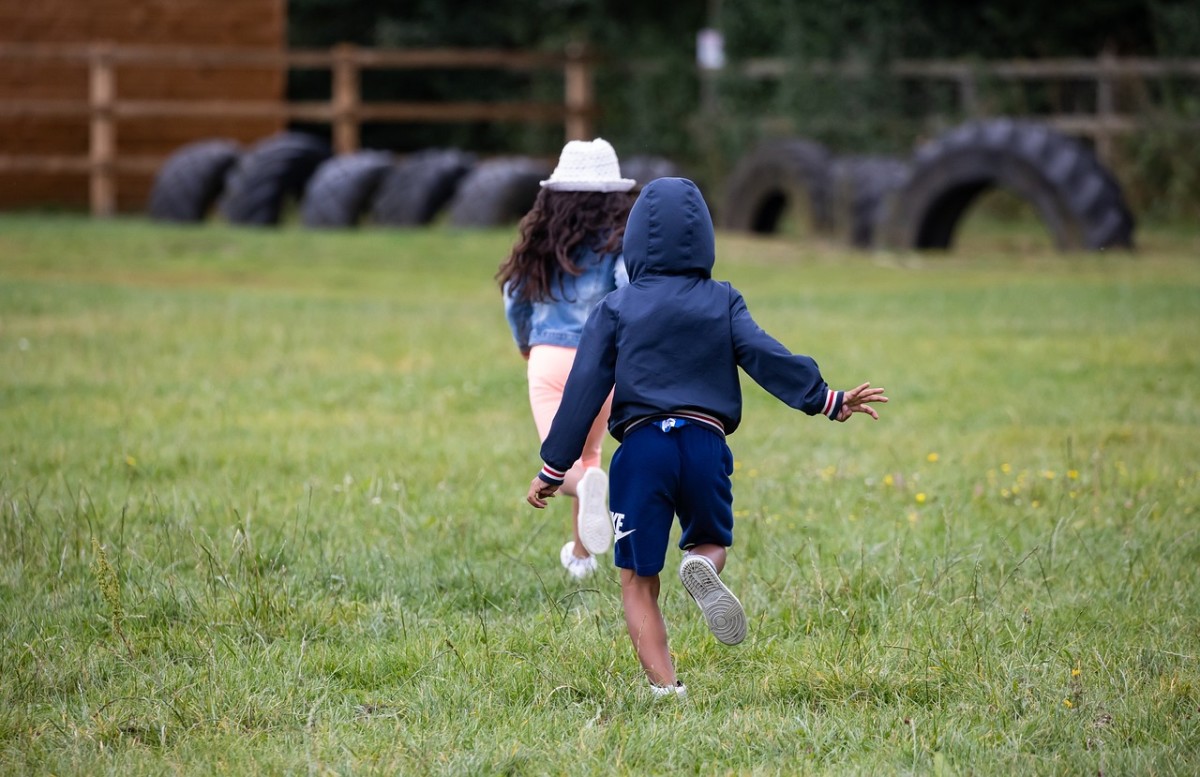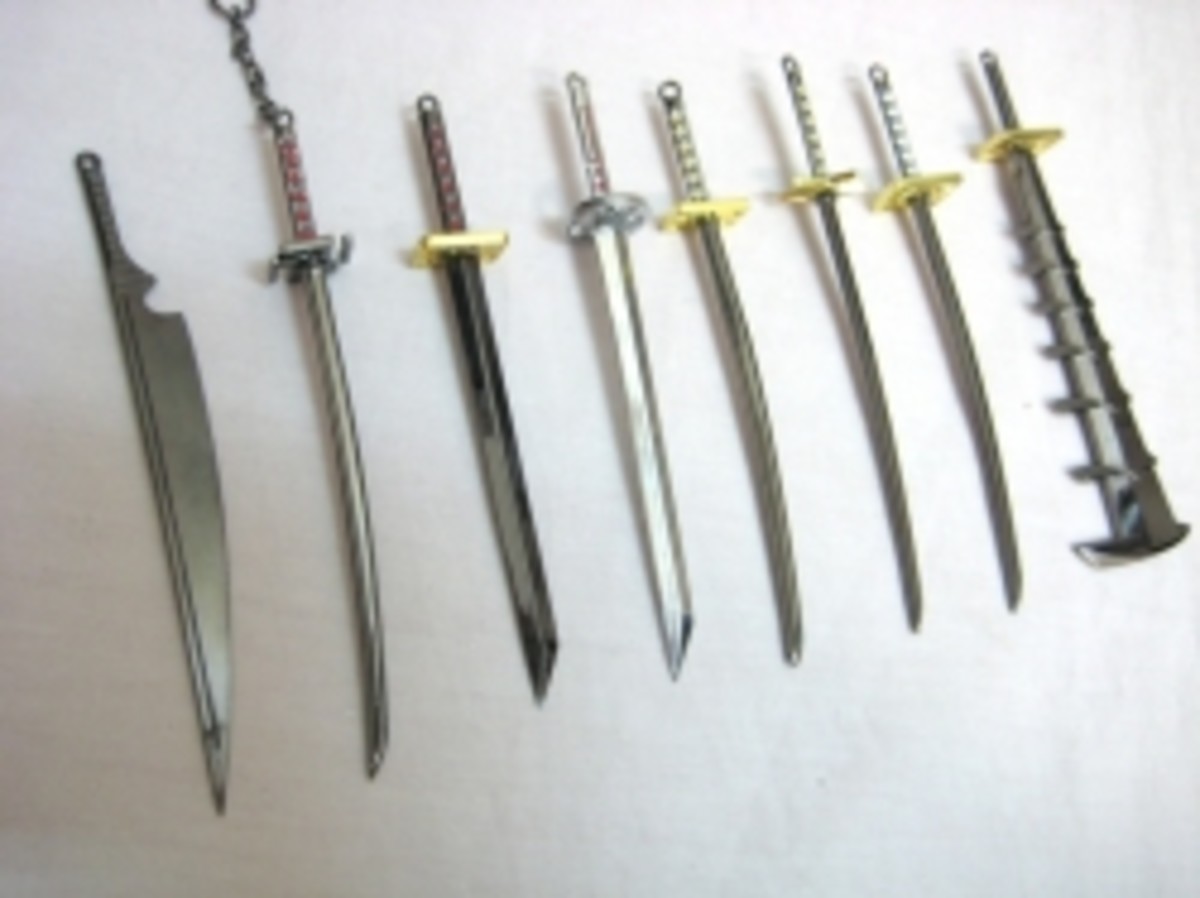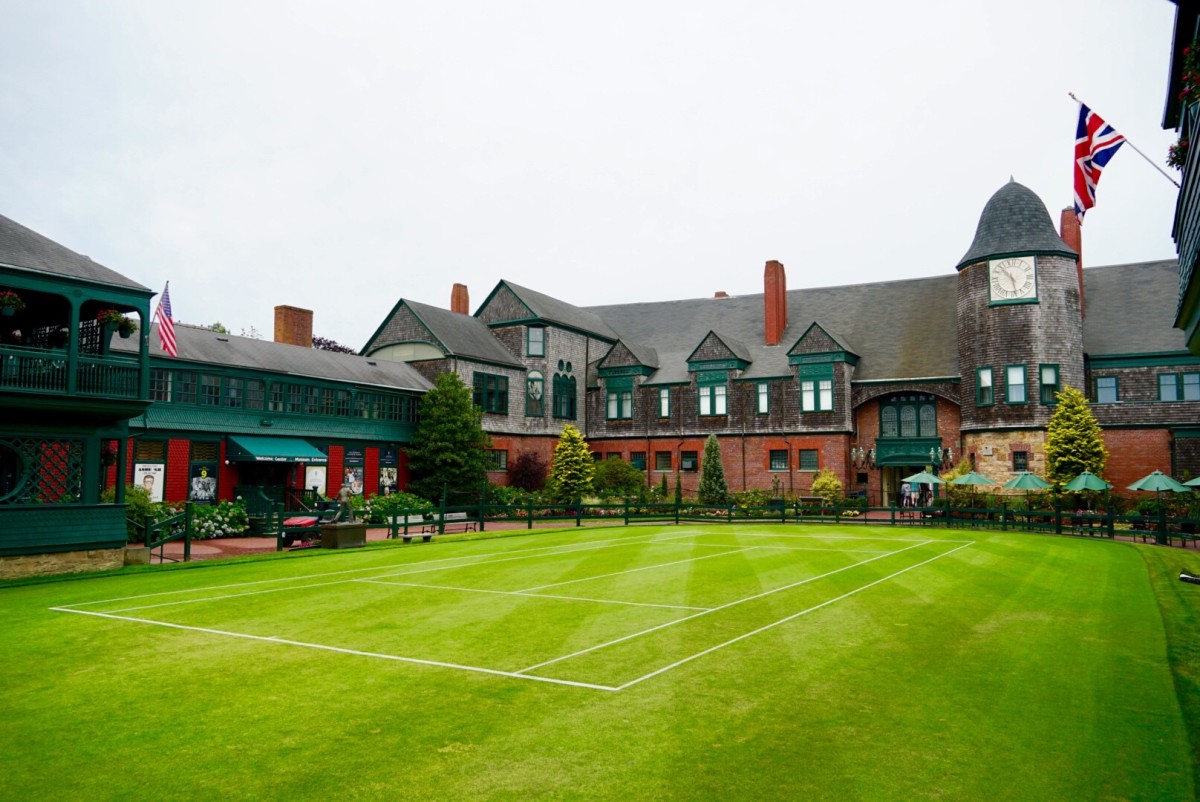Introduction to Fencing 108

Introduction
I am reminded of the old joke "how do you get to Carnegie Hall?" Answer is "practice, practice, practice." In the case of fencing and all sports, practice and training is necessary to perform at the hoghest level.
- Sept. 2017
Here are some basic exercises to help with fencing moves.
- Mobility training
- Balestra lunge
- Point control
- Leg strength
- Reaction time
Mobility – The most basic moves in fencing is the ability to move up and down the strip with speed, smoothness, and precision and the ability to change direction at moments notice. A good training regiment should include practice advance and retreat while maintaining breathing and awareness of the strip boundaries. The last thing you want is to loose a touch by going off the end of the strip. It should become second nature when moving up and down the strip. Your mind should not have to pay any attention. Your concentration should be focused on strategy and not mobility.
Balestra lunge – This is the most powerful attack move in fencing. It gives the fencer the advantage when prosecuting an attack. It is the best way to close your distance against your opponent. Practice this move again and again. Perfect it so that you can invoke it any time without the delay or the “telegraph” of intent.
Point Control – This can be practiced anytime, even when you are at home. All you need is a practice weapon and a wall or a door. The end of an open door, about 2 inches wide is a perfect target. You can practice both your form and your accuracy by repeated aim. A 100 repetition is a good start. Remember, practice makes perfect.
Leg Strength – To increase your leg strength and stamina, you can train by climbing stairs. Run two steps at a time up and down a long stairway. This will build up your strength of the large muscles in your legs. It is most important in lunges. It will also help with coordination.
Reaction Time – This has to do with eye hand coordination. When you see something with your eyes, it takes a fraction of a second for the information to transmit to your brain and then down to your arm and fingers. Musicians practice this so that the delay is minimized. It almost becomes a muscle memory of a certain response to a given scenario. For example, when you see an attack from an opponent aimed at your upper body, the natural response should be either a quick “parry and riposte” or a “stop thrust.“
The average reaction time for humans is 0.25 seconds to a visual stimulus, 0.17 for an audio stimulus, and 0.15 seconds for a touch stimulus.
The time between a single and a double touch is 1/25 of a second or 0.04 second. Your goal is to decrease your reaction time as compared to the average person. One way to do this is called anticipation. With experience, you can anticipate what your opponent is thinking and acting. Here is where you can best gain the upper hand. For example, the stop thrust is a good defense against a poor offensive move. By looking for the “telegraph” move of your opponent, you can jump the gun and score with a stop thrust in his or her preparation.
© 2017 Jack Lee







